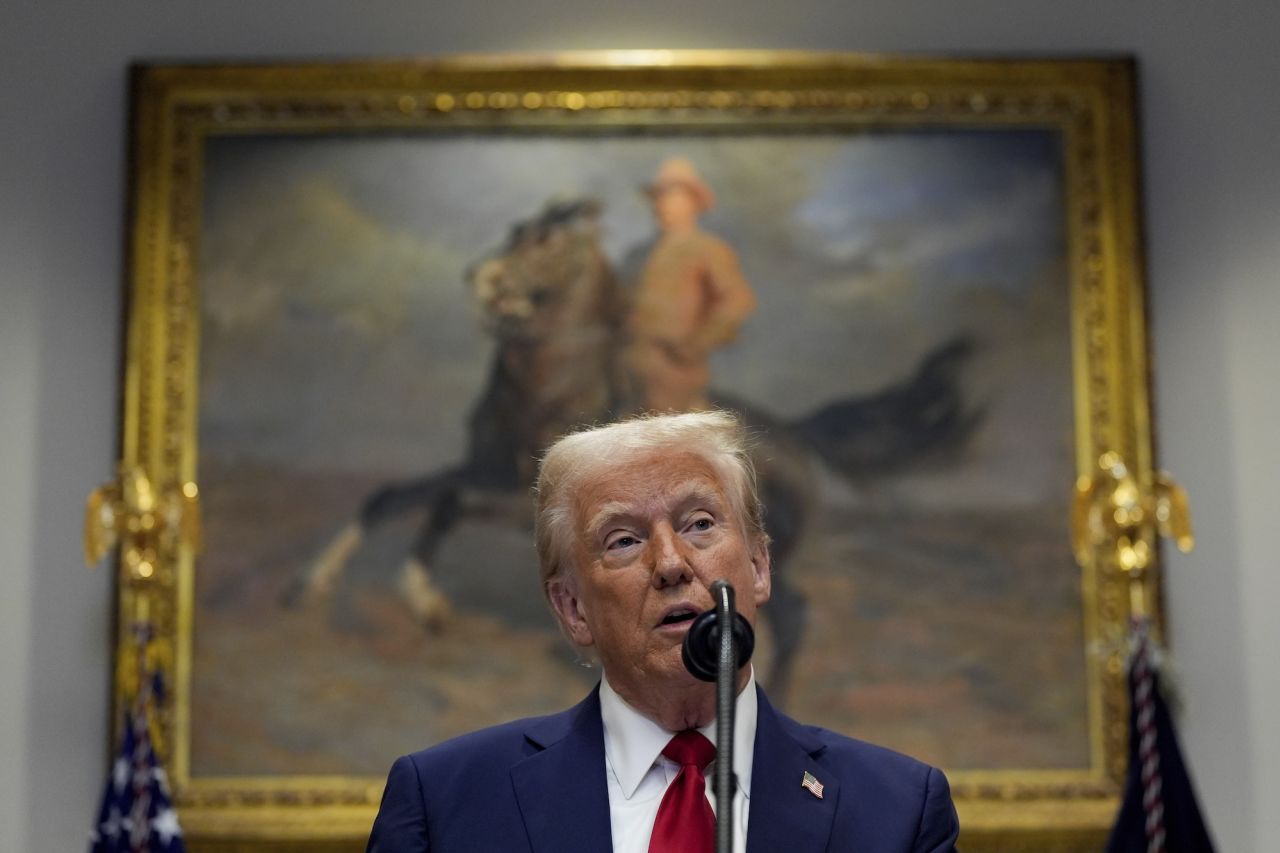In the wake of devastating wildfires in Altadena, California, the responses from celebrities have sparked a significant debate about the nature of humanitarian aid.
The contrasting actions of actress Jennifer Garner and the Duke and Duchess of Sussex, Prince Harry and Meghan Markle, have revealed stark differences in how compassion can be expressed—or exploited.
Jennifer Garner stepped into the fray with a level of authenticity that resonated deeply with those affected by the fires.
Ditching the glitz and glam often associated with celebrity appearances, she donned a simple baseball cap and minimal makeup, ready to get her hands dirty.
Partnering with World Central Kitchen, a non-profit organization focused on providing meals to disaster-stricken areas, she embodied the spirit of community support.
Garner didn’t just show up for a photo op; she rolled up her sleeves and engaged in the hard work of washing dishes, preparing meals, and serving food to those impacted by the disaster.
Her commitment was not merely performative; it was genuine and heartfelt, especially poignant given that she was dealing with her own personal loss from the fires.
During an emotional interview, Garner spoke candidly about the devastation surrounding her community.
Her tears were not a play for sympathy but a reflection of her deep connection to those suffering.
In this moment, she showcased what it truly means to care, without the need for a public relations team to craft her image.
In sharp contrast, the arrival of Prince Harry and Meghan Markle in Altadena stirred controversy and criticism.
Their entrance, marked by a polished appearance and an entourage of bodyguards, felt more akin to a red carpet event than a humanitarian mission.
Critics quickly pointed out that their attire seemed far from practical for the situation at hand.
Meghan’s meticulously styled hair and carefully chosen outfit suggested a focus on visual impact rather than meaningful engagement with the community.
The presence of security personnel only added to the perception that their priority lay in self-preservation rather than genuine outreach.
Many observers accused the couple of engaging in what has been termed “grief tourism,” suggesting they were exploiting the tragedy for personal gain rather than offering real support.
The lack of visible, hands-on participation further fueled this narrative, raising questions about their true intentions.
While there were hints of a donation to their charity, Archule, this was overshadowed by concerns regarding the organization’s financial transparency.
Without clear evidence of substantial contributions, the Sussexes’ visit appeared more like a carefully orchestrated public relations exercise than a heartfelt attempt to help.
This juxtaposition between Garner and the Sussexes highlights a crucial dichotomy in the realm of celebrity involvement in humanitarian efforts.
Garner’s actions represented authentic compassion, a sincere commitment to alleviating suffering, and a direct connection with those in need.
Conversely, the Sussexes’ visit prompted a critical examination of the ethics surrounding celebrity involvement in crises.
It raised important questions about the motivations behind such appearances and whether they serve to benefit the communities in need or merely enhance the public image of those involved.

